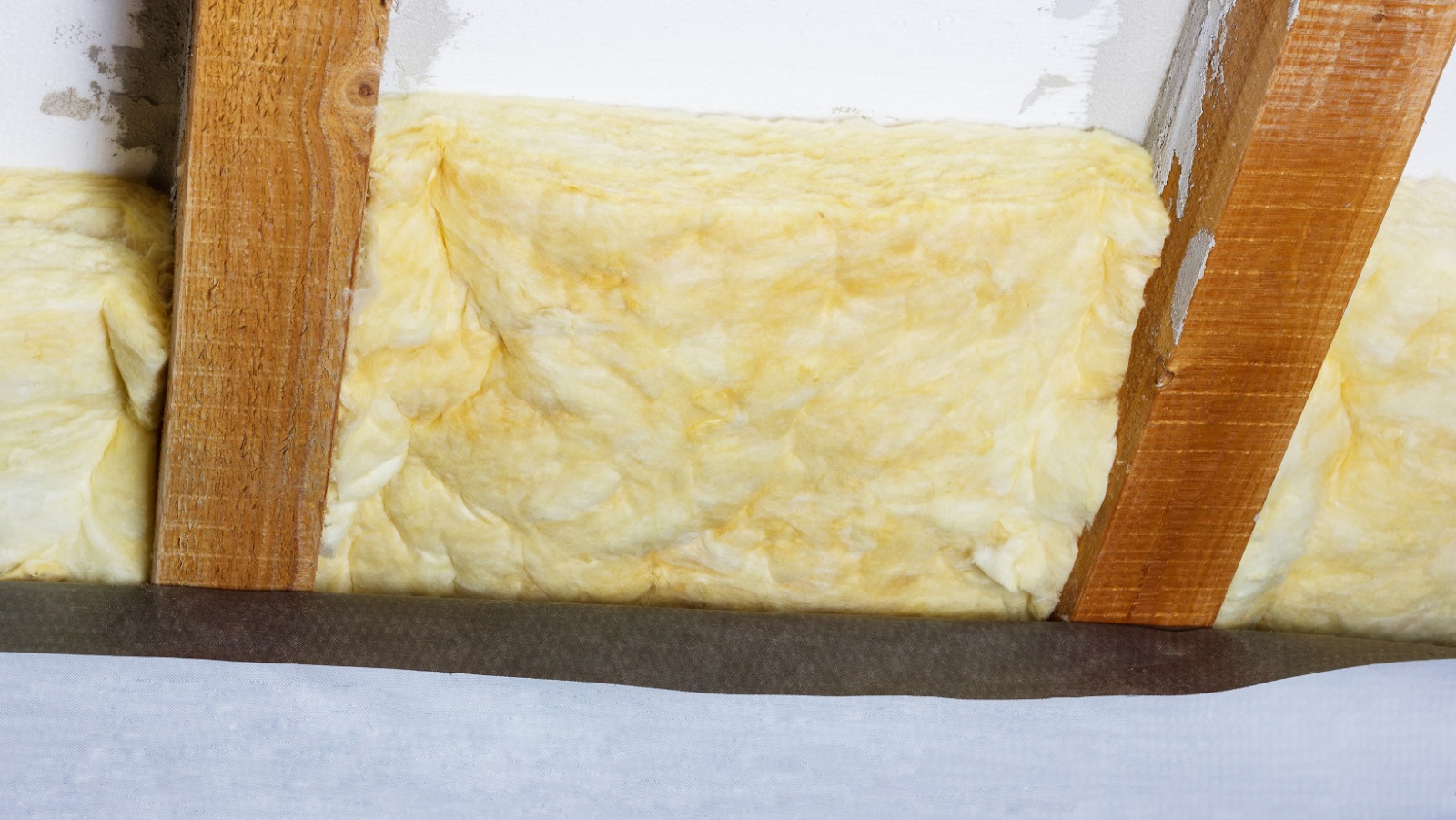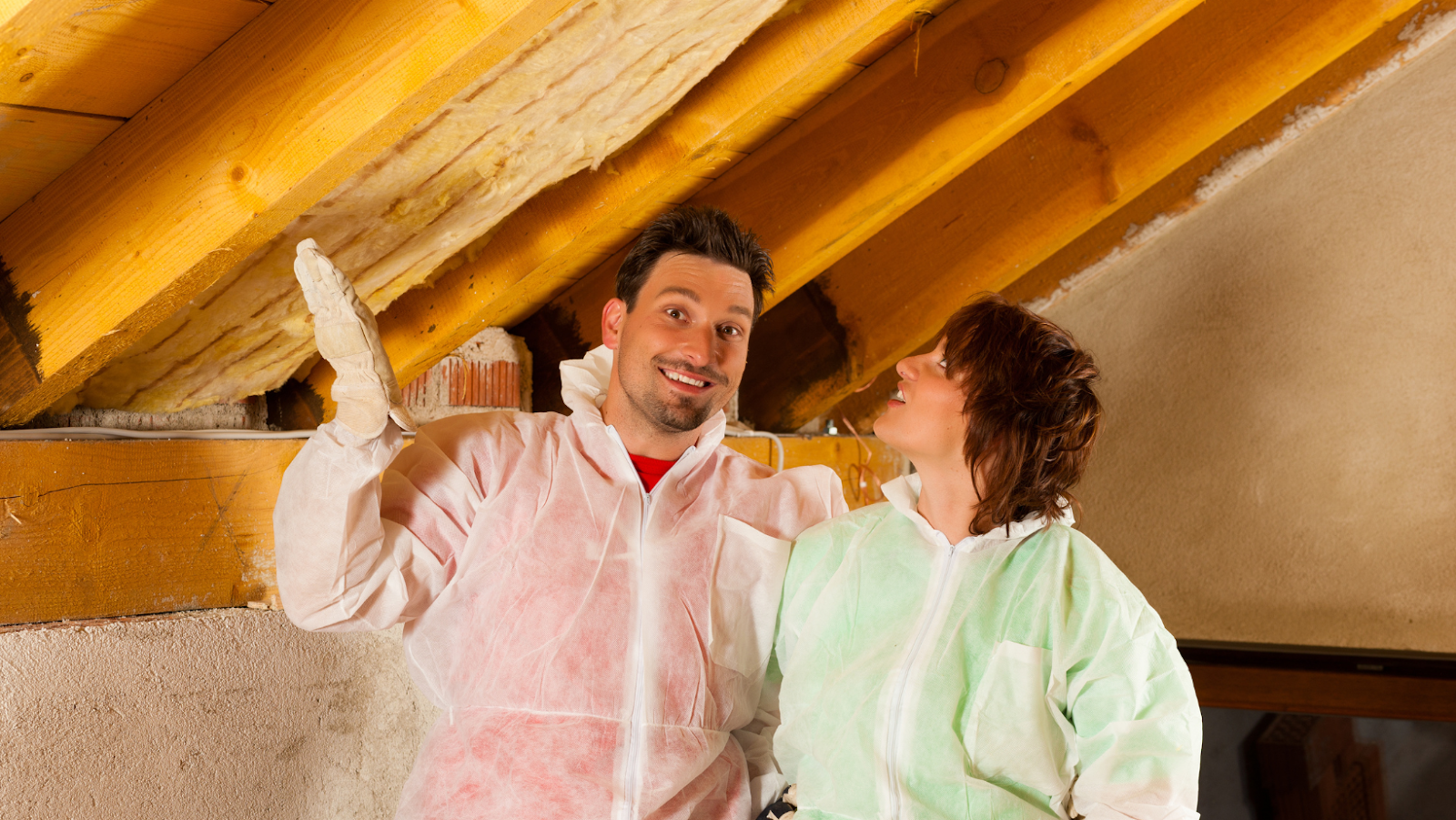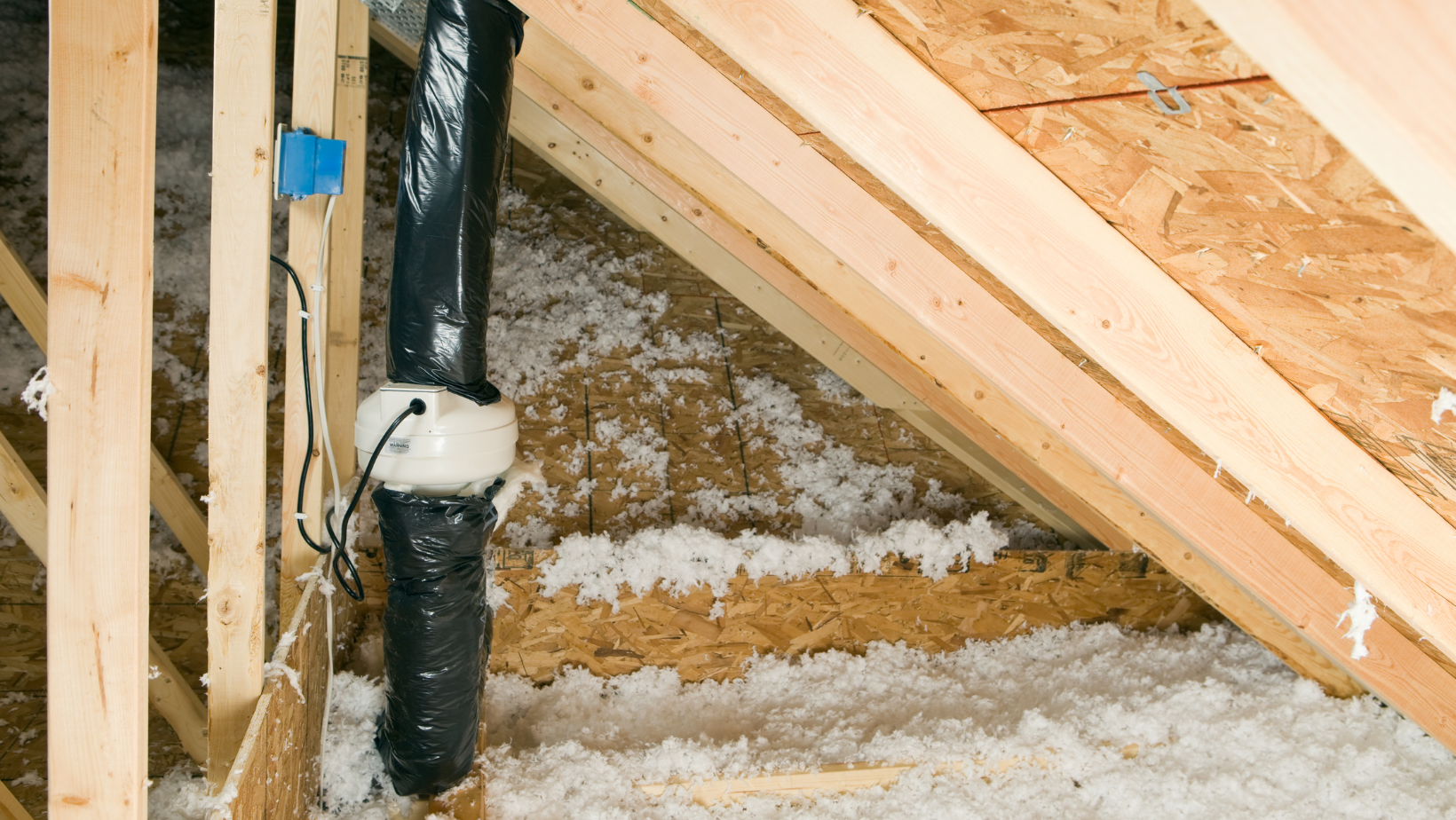Blown-In Insulation Near Dallas: A Homeowner’s Guide To Energy Savings
Learn The Ultimate Guide To Blown-In Insulation In Dallas. Learn About Materials, Benefits, Installation, And Local Codes To Enhance Home Comfort And Efficiency.
- Understanding the Dallas Climate
- Impact of Climate on Insulation Needs
- Types of Blown-In Insulation Materials
- Fiberglass
- Cellulose
- Mineral Wool
- Assessing Your Insulation Needs
- Benefits of Blown-In Insulation in Dallas
- Enhanced Energy Efficiency
- Improved Comfort
- Potential Cost Savings
- Finding Professional Insulation Services Near Dallas
- The Blown-In Insulation Installation Process
- Pre-Installation Preparation
- Equipment and Safety Measures
- Installation Techniques
- Understanding Insulation Regulations and Building Codes in Dallas
- Conclusion
Learn the ultimate guide to blown-in insulation in Dallas. Learn about materials, benefits, installation, and local codes to enhance home comfort and efficiency.
Ever wonder how you can keep your home cozy in winter and cool in summer without breaking the bank? Blown-in insulation is your hero in the world of home comfort. Blown-in insulation, a vital solution for achieving optimal temperature regulation, involves using specialized equipment to distribute insulation materials into walls, attics, or crawl spaces. This technique is particularly effective in creating a comprehensive thermal barrier, adept at filling irregular spaces and ensuring a uniform application that traditional insulation methods might miss.
The significance of a properly insulated attic cannot be overstated, especially when considering the dynamics of heat flow within a home. Effective insulation slows the movement of heat, keeping indoor environments warmer in winter and cooler in summer. This thermal regulation is crucial for reducing reliance on heating and cooling systems, thereby minimizing energy costs and enhancing overall comfort.
Choosing blown-in insulation offers several benefits, including its adaptability to various spaces, its ability to provide a dense, effective barrier against temperature changes, and its quick installation process. For homeowners in Dallas, working with skilled blown-in insulation contractors can lead to significant improvements in energy efficiency, potentially reducing energy costs and contributing to a more sustainable living environment.
Understanding the Dallas Climate
Dallas is known for its wide-ranging climate conditions, from hot, humid summers to cool, sometimes cold winters. This variability demands a home or attic insulation solution capable of adapting to rapid temperature changes, ensuring indoor comfort regardless of outdoor conditions.
Impact of Climate on Insulation Needs
In Dallas, the intense summer heat can penetrate homes, forcing air conditioning systems to work harder, which in turn increases energy consumption. Effective insulation, particularly in the attic, acts as a barrier to heat flow, stabilizing indoor temperatures and reducing the energy required to maintain comfort, thus addressing both heat conservation in winter and cooling needs in summer.
Types of Blown-In Insulation Materials

Fiberglass
Fiberglass insulation, composed of fine glass fibers, is lauded for its thermal resistance and durability. It's an effective barrier against heat flow, making it a popular choice for Dallas residents looking to improve their home's energy efficiency. Its fire-resistant properties also add a layer of safety to its insulation capabilities.
Cellulose
Cellulose insulation, made from recycled paper treated with fire retardant, offers superior thermal performance. Its dense composition not only provides excellent insulation but also contributes to sound dampening. For homeowners interested in sustainable living practices, cellulose is an environmentally friendly option that reduces waste and utilizes renewable resources.
Mineral Wool
Mineral wool, or rock wool, insulation is derived from basalt rock and steel slag, offering exceptional fire resistance and thermal insulation properties. Its density and ability to absorb sound make it an ideal choice for those looking to enhance their home's insulation while also improving its resistance to fire and noise pollution.
Innovations in insulation, such as foam insulation and spray foam insulation, are becoming increasingly popular for their moisture resistance and air sealing capabilities. Spray foam, in particular, expands to fill gaps and crevices, creating a tight seal that significantly reduces air leakage and enhances energy efficiency. These alternatives, while often more expensive, provide unique benefits that can be particularly advantageous in the fluctuating Dallas climate.
Assessing Your Insulation Needs
Before diving into new projects, it's crucial to assess the state of your existing insulation. A thorough inspection can reveal if your home retains heat efficiently or if costly leaks are driving up your energy bills. Look for uneven temperatures in rooms, unusually high heating or cooling bills, and visible signs of old or damaged insulation.
Once you've evaluated your current insulation, identify areas that need improvement. Common culprits include attics with insufficient insulation, drafty windows, and uninsulated walls. These areas can significantly impact your home's overall energy efficiency and comfort. Upgrading to moisture-resistant materials in these critical zones can help in preventing mold growth and ensuring a healthier living environment.
Benefits of Blown-In Insulation in Dallas
Enhanced Energy Efficiency
In Dallas's fluctuating climate, blown-in insulation can significantly enhance your home's energy efficiency. Its ability to fill gaps and create a seamless thermal barrier minimizes heat flow, keeping your home warmer in winter and cooler in summer without overburdening your HVAC system.
Improved Comfort
Beyond energy savings, blown-in insulation contributes to a more comfortable living environment. By addressing uneven temperatures and reducing external noise, this insulation type ensures that your home remains a tranquil oasis regardless of the weather outside.
Potential Cost Savings
Investing in blown-in insulation can lead to substantial cost savings over time. By improving your home's energy efficiency, you can expect lower energy bills, reduced need for HVAC repairs, and a longer lifespan for your heating and cooling systems. These savings make blown-in insulation a wise choice for Dallas homeowners looking to enhance their property's value and comfort.
Finding Professional Insulation Services Near Dallas
When finding insulation contractors in Dallas, start your journey by researching local insulation companies that specialize in blown-in insulation. Look for businesses with a strong track record in improving home energy efficiency and expertise in the latest insulation technologies. Reading reviews and testimonials from previous customers can provide valuable insights into the quality of service and results offered by insulation contractors. Pay special attention to comments about professionalism, efficiency, and the impact on energy bills.
Once you've identified a few reputable companies, compare quotes to ensure you're getting the best value for your investment. Requesting detailed estimates allows you to understand the scope of work, the materials used, and the expected improvements in energy efficiency. This step is crucial in making an informed decision and ensuring that your home receives the proper insulation upgrade it deserves.
The Blown-In Insulation Installation Process

Pre-Installation Preparation
The journey to a more energy-efficient home begins with meticulous preparation. Before the first handful of insulation is blown in, professionals conduct a thorough assessment of your attic or walls to identify any existing issues, such as leaks, moisture problems, or ventilation needs. This stage often involves sealing air leaks and ensuring that the space is ready for insulation, laying the groundwork for a smooth installation process.
Equipment and Safety Measures
Blown-in insulation requires specialized equipment, including a high-powered blower machine and protective gear for the installers. Safety is paramount, as the materials used, whether fiberglass, cellulose, or mineral wool, can irritate the skin and respiratory system. Professionals are equipped with masks, goggles, and gloves to mitigate these risks, ensuring the installation is not only efficient but also safe for both the workers and the homeowners.
Installation Techniques
The actual installation is a fascinating process to watch. Technicians feed insulation materials into the blower, which then propels the insulation through a long hose directly into the target areas. They skillfully maneuver the hose to distribute the insulation evenly, paying special attention to corners and hard-to-reach spots to ensure a uniform thermal barrier. The goal is to achieve the recommended insulation levels for optimal energy efficiency, tailored to Dallas's unique climate needs.
Understanding Insulation Regulations and Building Codes in Dallas
Navigating the regulations and building codes for insulation in Dallas is crucial for any installation project. The local codes set minimum standards for insulation to ensure homes are safe, energy-efficient, and suitable for the area's climate. Before starting your project, you may need to secure permits, which confirms your plans comply with these standards.
Compliance is key, covering everything from the insulation type to its fire resistance and environmental impact. Working with seasoned professionals can help streamline this process, guaranteeing your insulation project not only meets local requirements but also enhances your home's comfort and value efficiently.
Conclusion
In wrapping up our comprehensive guide to blown-in insulation near Dallas, it's clear that the right insulation is pivotal for maintaining a comfortable, energy-efficient home in our dynamic climate. From understanding the types of materials available and their benefits to navigating the installation process and local regulations, the journey to enhancing your home's insulation is both an investment in comfort and savings.
Embracing blown-in insulation not only addresses the unique challenges posed by Dallas's weather but also contributes to a sustainable, cost-effective living environment. With the right approach and professional guidance, you can achieve a well-insulated home that stands the test of time and temperature.

